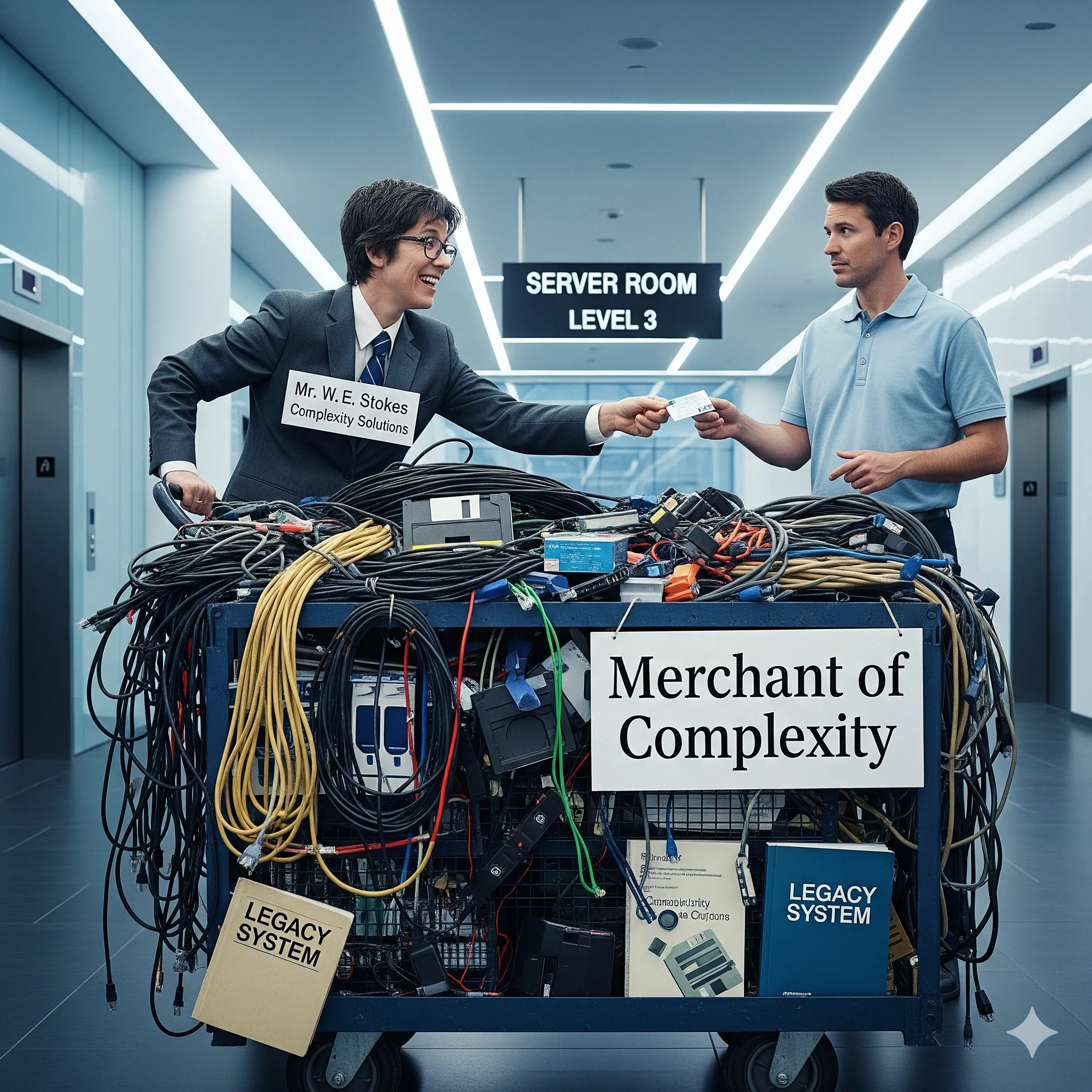Forward Deployed Engineering ❤️ Open Source

In the evolving landscape of software, SaaS (Software as a Service) has long been the dominant model, offering convenience and accessibility. However, I expect a new paragigm to emerge: Forward Deployed Engineering for Open Source projects. This approach could challenge SaaS in the future by offering a compelling alternative that prioritizes control, customization, and community.
